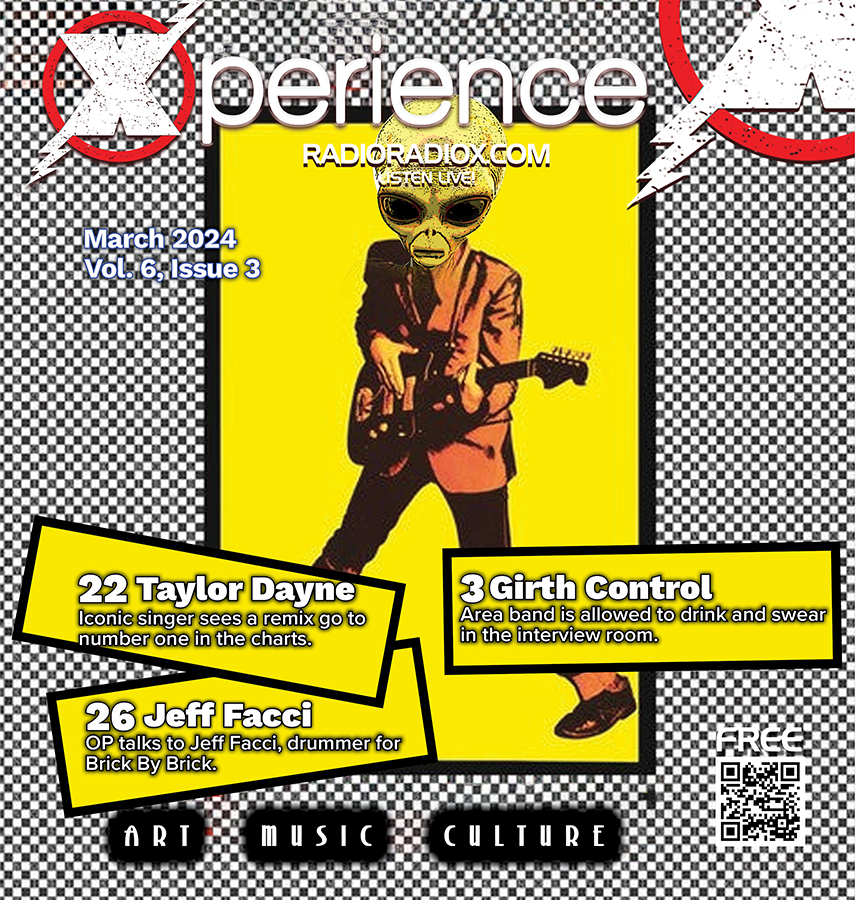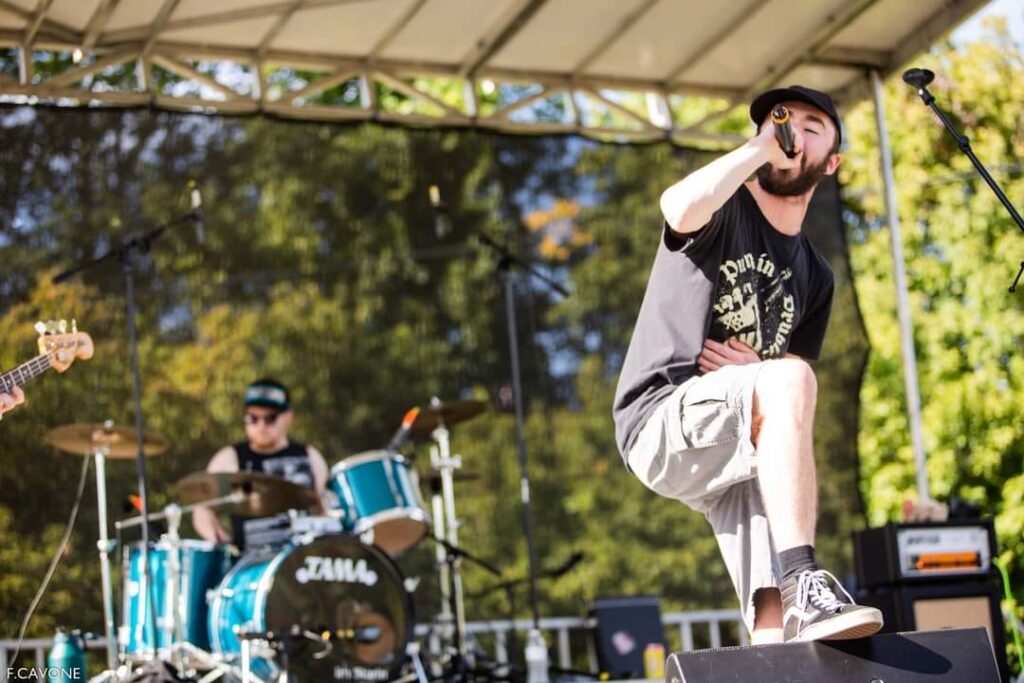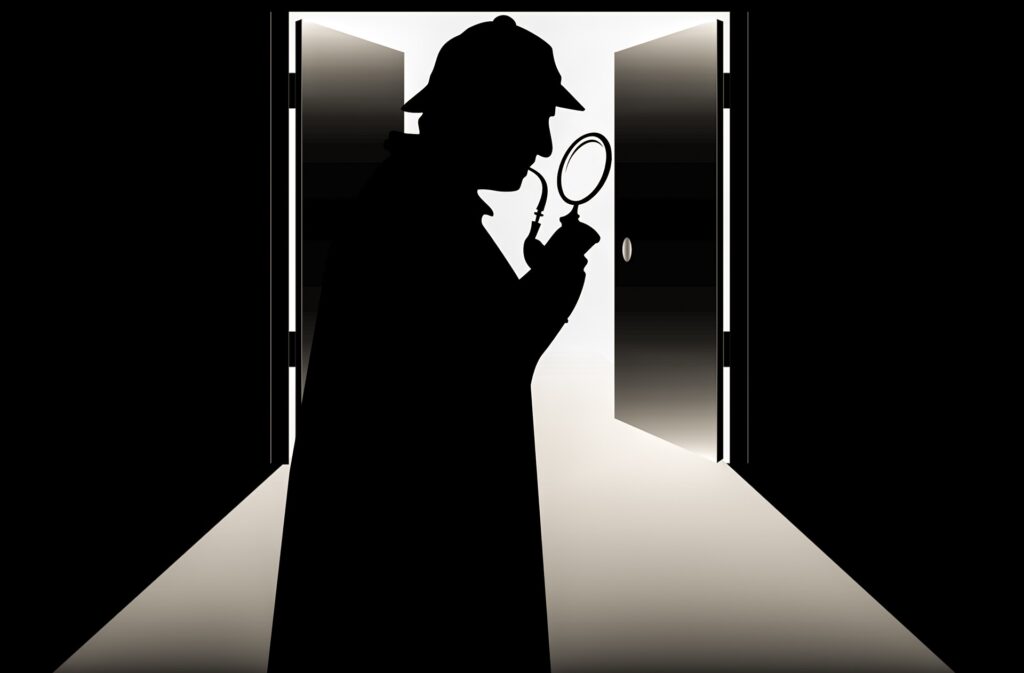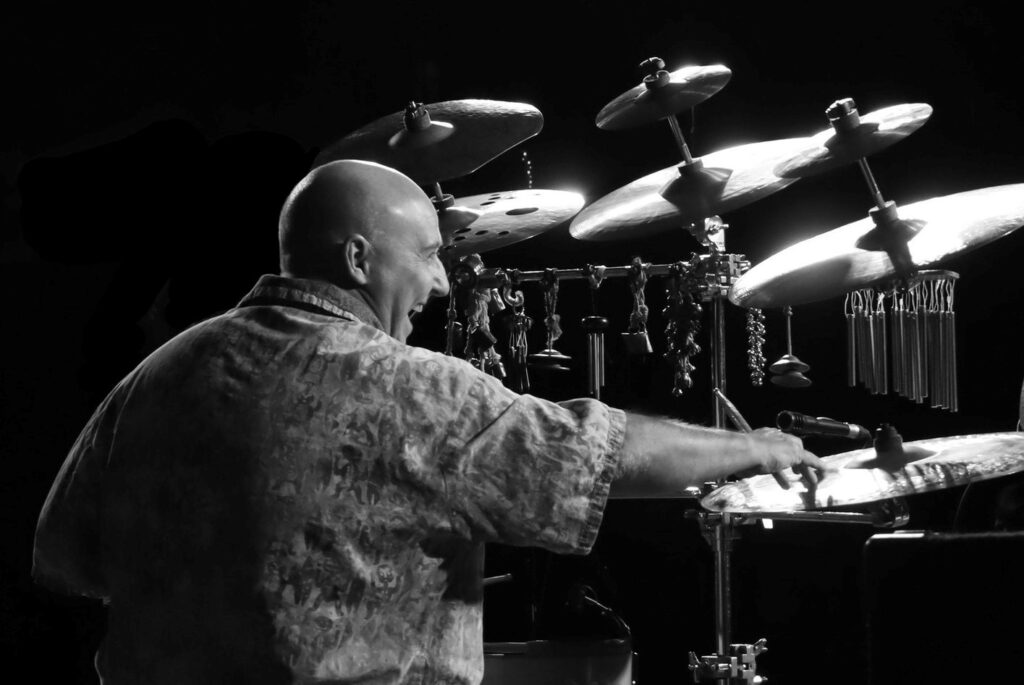Trains and the Blues – More than a Cliche
Written by Staff on April 5, 2023
Waiting on that Train
His fedora cocked, his beat-up suitcase serving double duty as his chair while he watches the tracks with a steely resolve. The same kind of steel he imagines wound up around the strings that slither through his acoustic guitar. Both the fedora and the suitcase, parting gifts from his father. The guitar, he bought with his own blood and sweat.
He sees the train coming up slowly and, daring time, pulls out the guitar. He draws the chuff of the train through its wooden body, the clang of the B string and E string and the train whistle bear down their unison upon each other. The man is going places. He’s going to make something of himself, a high wire act, six strings his only net.
The train sound is a very popular motif in the blues. From Robert Johnson to Big Bill Broonzy in the 1930s to Cream in the 1960s to performers today, emulating the sound of the train in blues music is more than a neat trick. It’s an homage to essential elements of the music itself; love, heartbreak, opportunity, and above all, freedom.

According to an article in Down the Crossroads, W.C. Handy, arguably the “Father of the Blues,” eponym of the biggest blues award in America, was inspired at a train station by a man using a knife blade on his guitar and singing.
A Bleak, Blue Origin
Trains are intricately interwoven into the Black narrative and lived experience from which the blues sprang. Even decades after the Civil War, a newly-freed people were struggling to thrive, and saw the trains as a way to escape the violence and the poverty of the Jim Crow South. Many a nascent blues player traded sharecropping and other hard labor for music and traveled to cities like Chicago and New York.
The trains were a symbol of the path to opportunity, to something better. On top of that, it was the cheapest way to go. Bluesmen like Muddy Waters and Howlin’ Wolf took the trains to Chicago and created their own style, laying down “Train Fare Blues” and “Smokestack Lightning” respectively. Blues pioneer Robert Johnson ‘hoboed’ between Memphis and the Mississippi Delta to play. And of course, he had a train song too, one of loss and heartbreak called “Love in Vain.”
It Travels Well
The train in blues music has withstood the test of time, largely because of the fact that many early blues songs have become standards, played and replayed by artists through the years, each artist adding to it. “Railroad Blues,” first recorded by Louie Armstrong and the Blues Singers in 1924, is still being played today, as recently as 2017 by Brookes Williams in his album Brooks Blues.
It is more than just the songs themselves that have been passed down. It’s the feeling of the train, of its approach, that has come down the line. Jimi Hendrix’s 1969 recording of “Hear my Train a’ Coming” was original, and perhaps one of the best songs that emulate the sound of the train (short of a harmonica.) This song illustrates Hendrix’s ability to use the guitar to play reality. It would be this style in 1970 with his song “Machine Gun.”
The Trains, But More
It was the celebration of the everyday. The trains, the troubles, the love gained and lost, and the moving on to something better. These were the heart of a musical experience that is left now to blues players who have the feeling if not that specific dirt under their feet.
Got Places to Be
Somewhere, through the chasm of time, the young man is seated, his suitcase under his legs because the colored cars don’t have overheads, but his spirit is indomitable. The big city is but eight hours away. His name, his real name, is buried in the marquee of that theater his well-traveled brother told him about. His future is a stage. His freedom carries through the night in a whistle.





 RadioRadioX
RadioRadioX